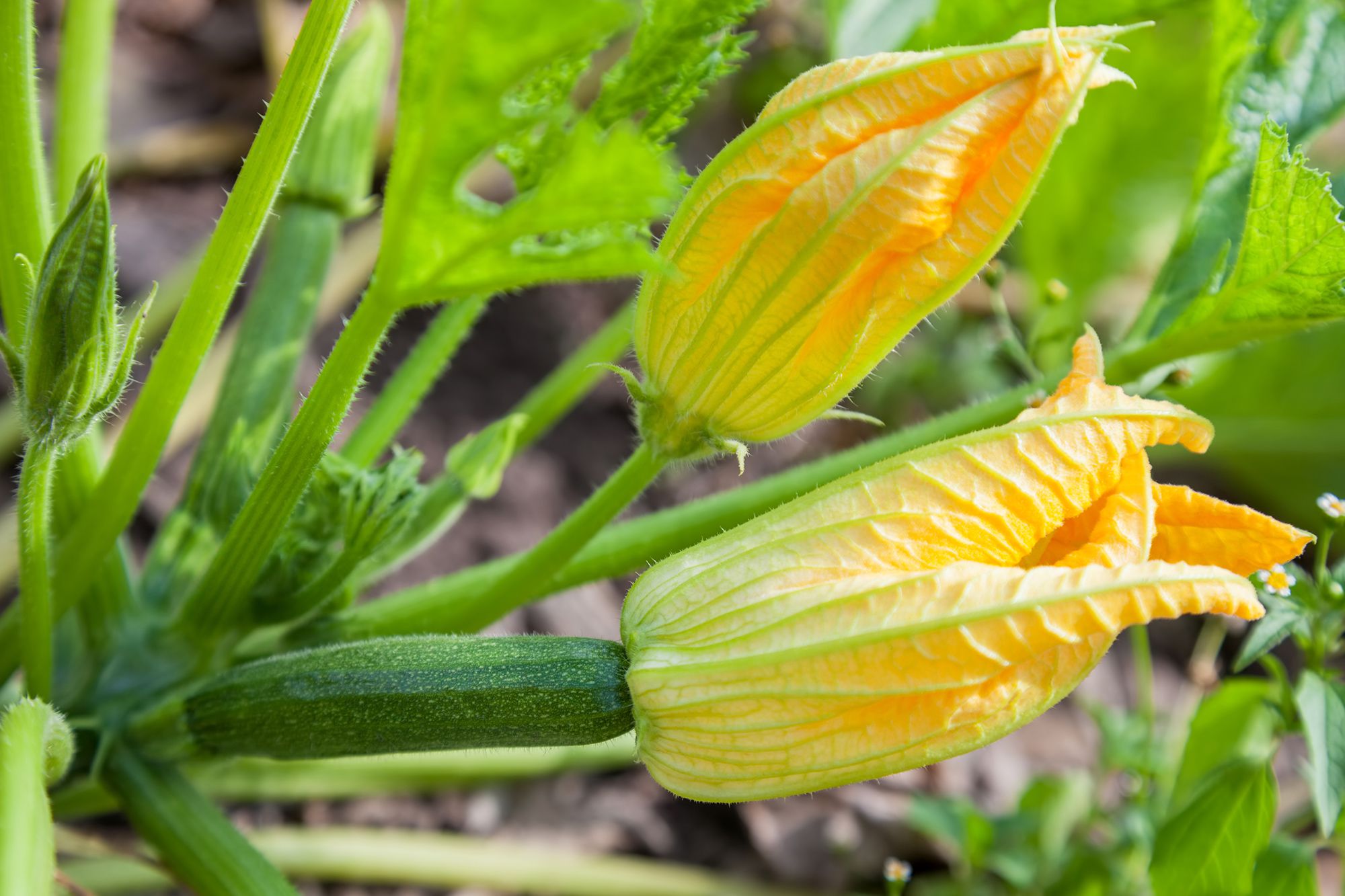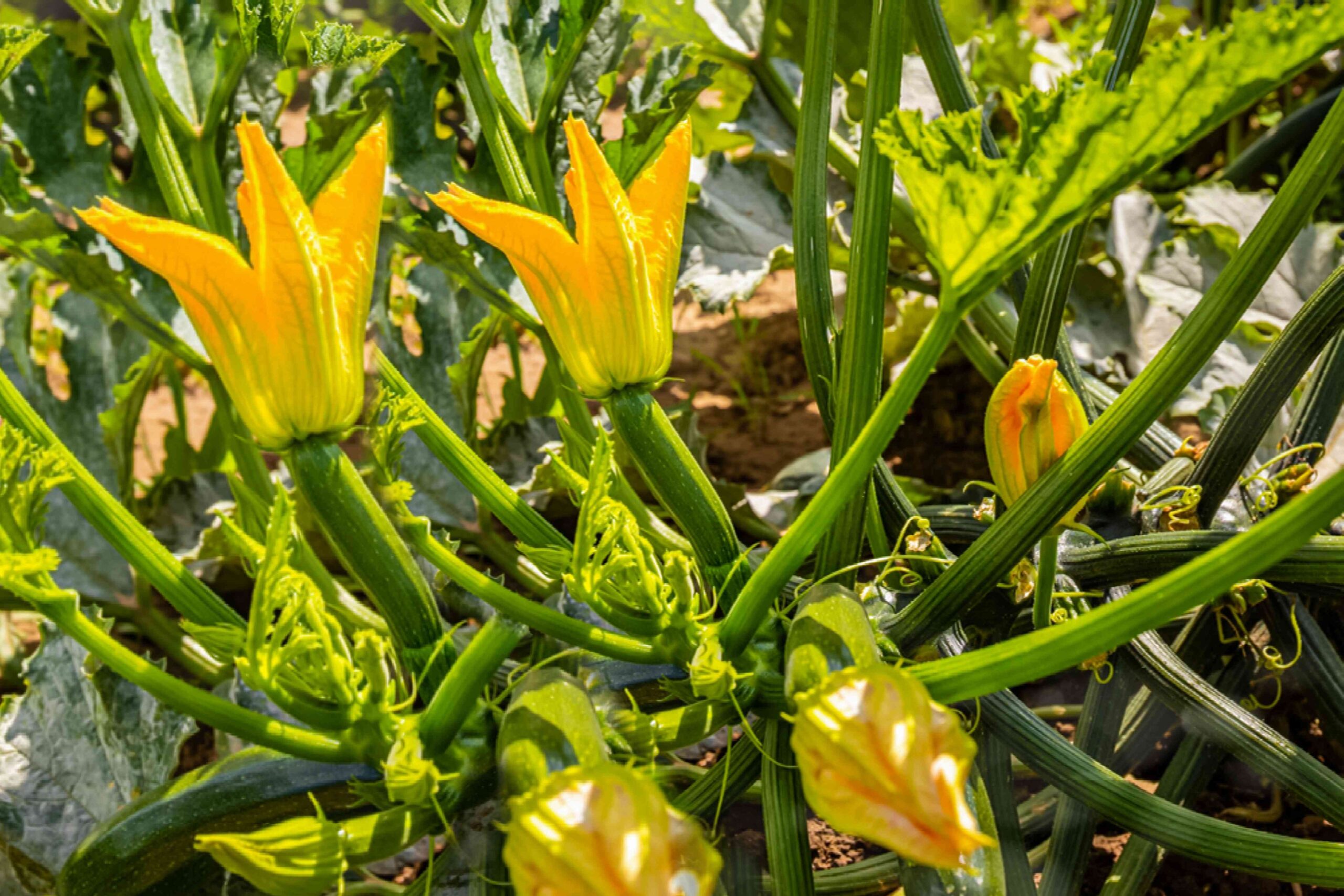Are you a gardening enthusiast looking to increase your zucchini flower production? Look no further! In this article, you will discover 10 practical and effective tips to boost the number of female zucchini flowers in your garden. From proper soil preparation to strategic planting techniques, these helpful suggestions will not only enhance your gardening skills but also ensure a bountiful harvest of these delicious summer squash. So grab your gardening gloves and let’s get started on turning your zucchini plants into flourishing producers of female flowers!
Tip 1: Choose the Right Variety
When it comes to increasing female zucchini flower production, choosing the right variety is crucial. Not all zucchini varieties produce the same number of female flowers, so selecting a variety that is known for high female flower production is a smart choice. Look for varieties that are specifically labeled as “prolific” or “high-yielding” in terms of female flower production. These varieties have been bred to produce a larger number of female flowers, increasing your chances of a successful harvest.
Tip 2: Provide Adequate Sunlight
Sunlight is essential for the growth and development of zucchini plants, including the production of female flowers. Make sure to plant your zucchini in an area that receives at least 6-8 hours of direct sunlight daily. If your garden doesn’t have enough sunlight, consider using reflective surfaces, such as white plastic or aluminum foil, to help bounce light onto the plants. Additionally, avoid planting zucchini in shaded areas or near taller plants that may block sunlight.
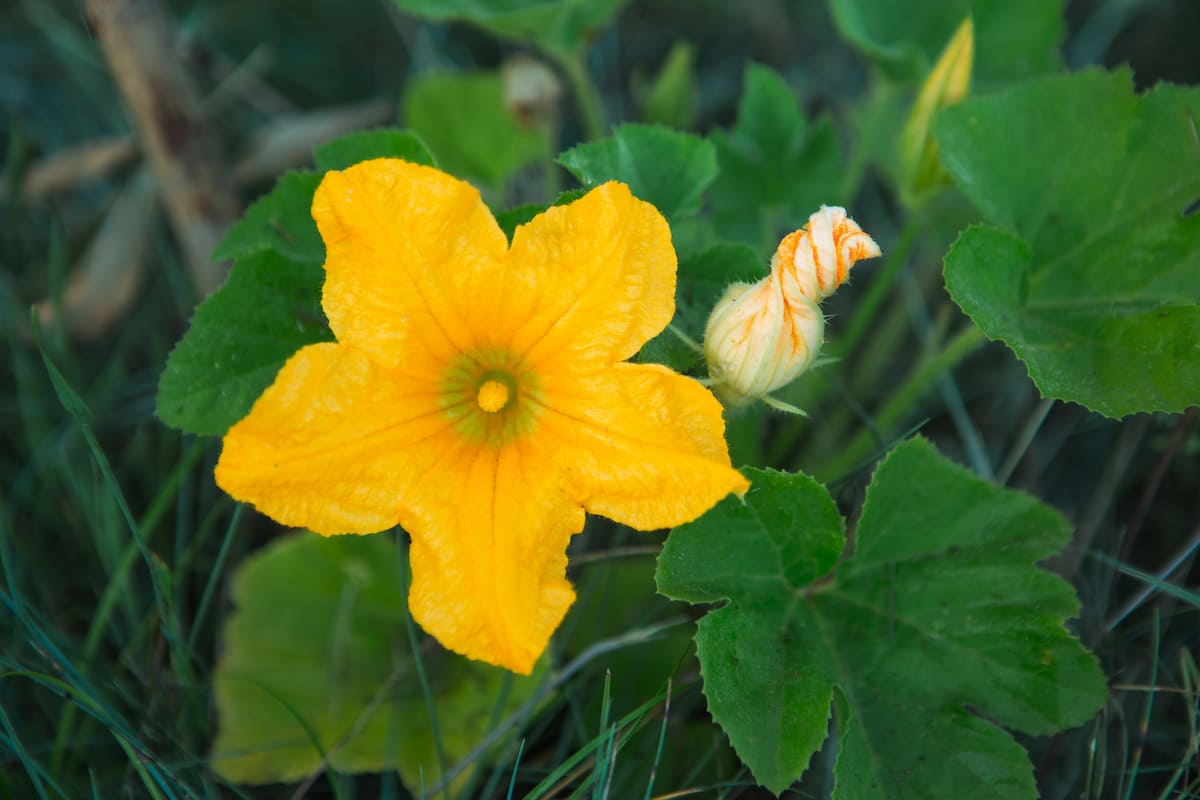
Tip 3: Ensure Proper Soil Conditions
Healthy soil plays a significant role in increasing female zucchini flower production. Before planting your zucchini, it’s important to prepare the soil properly. Zucchini plants thrive in well-draining soil that is rich in organic matter. Amend the soil with compost or well-rotted manure to improve its fertility and structure. Additionally, ensure that the soil pH is within the optimal range of 6.0 to 7.0 for zucchini growth. Testing the soil before planting can help you determine the pH level and make any necessary adjustments.
Tip 4: Maintain Optimal Soil Moisture
To encourage the production of female flowers, it’s crucial to maintain optimal soil moisture levels. Zucchini plants require consistently moist soil, but not waterlogged conditions. Water your zucchini plants regularly, aiming to keep the soil evenly moist. Avoid overwatering, as excessive moisture can lead to root rot and other fungal diseases. Mulching around the plants can help retain soil moisture and prevent weeds, creating a favorable environment for female flower production.
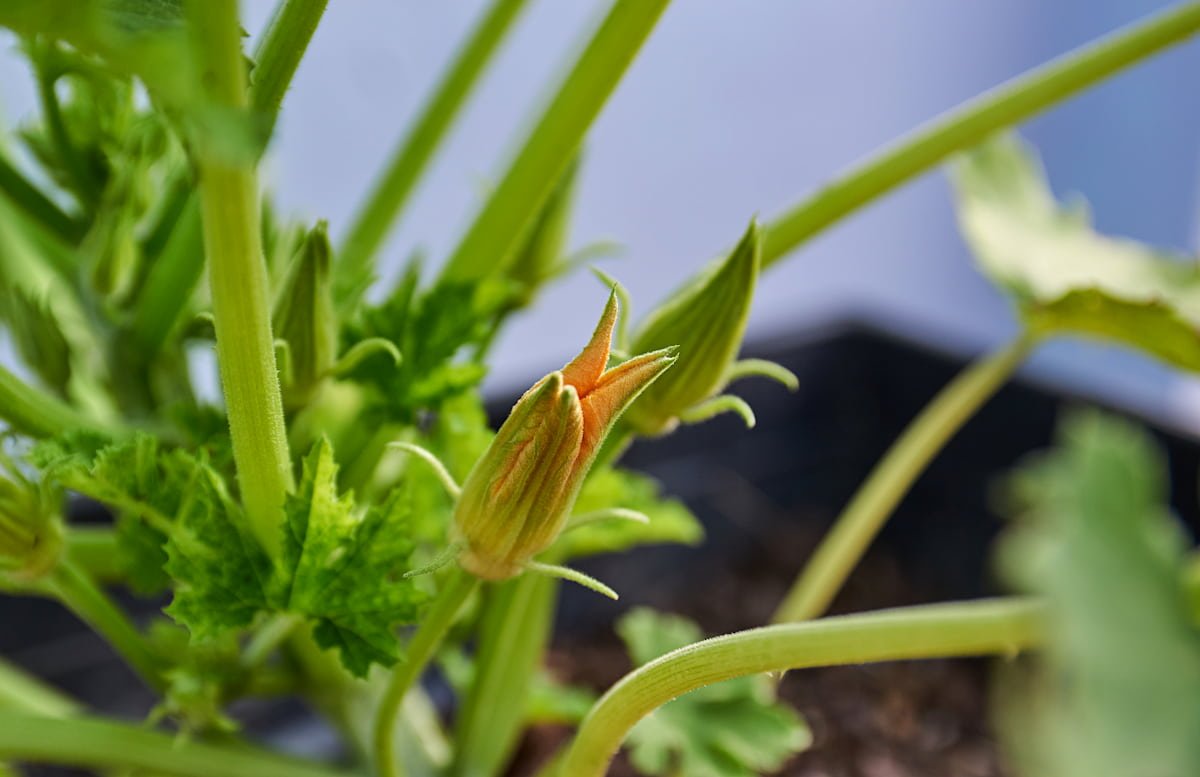
Tip 5: Implement Regular Feeding and Fertilizing
Proper nutrition is essential for healthy zucchini plants and the production of female flowers. Start by incorporating a balanced, slow-release fertilizer into the soil before planting. This will provide the necessary nutrients gradually over time. As the plants grow, continue to feed them with a balanced liquid fertilizer every two to three weeks. Alternatively, you can use organic fertilizers, such as compost tea or fish emulsion, to supply the plants with essential nutrients. Regular feeding and fertilizing will ensure that your zucchini plants have the necessary resources to produce an abundance of female flowers.
Tip 6: Practice Proper Pollination Techniques
Successful pollination is crucial for the development of zucchini fruits, which originate from female flowers. While zucchini plants have both male and female flowers, it is important to maximize pollination to increase the number of female flowers that produce fruits. You can aid in pollination by gently shaking the plants or using a soft-bristle brush to transfer pollen from the male flowers to the female flowers. Additionally, attracting pollinators, such as bees and butterflies, to your garden through the use of native plants or creating a pollinator-friendly environment can also increase the chances of successful pollination and subsequent female flower production.
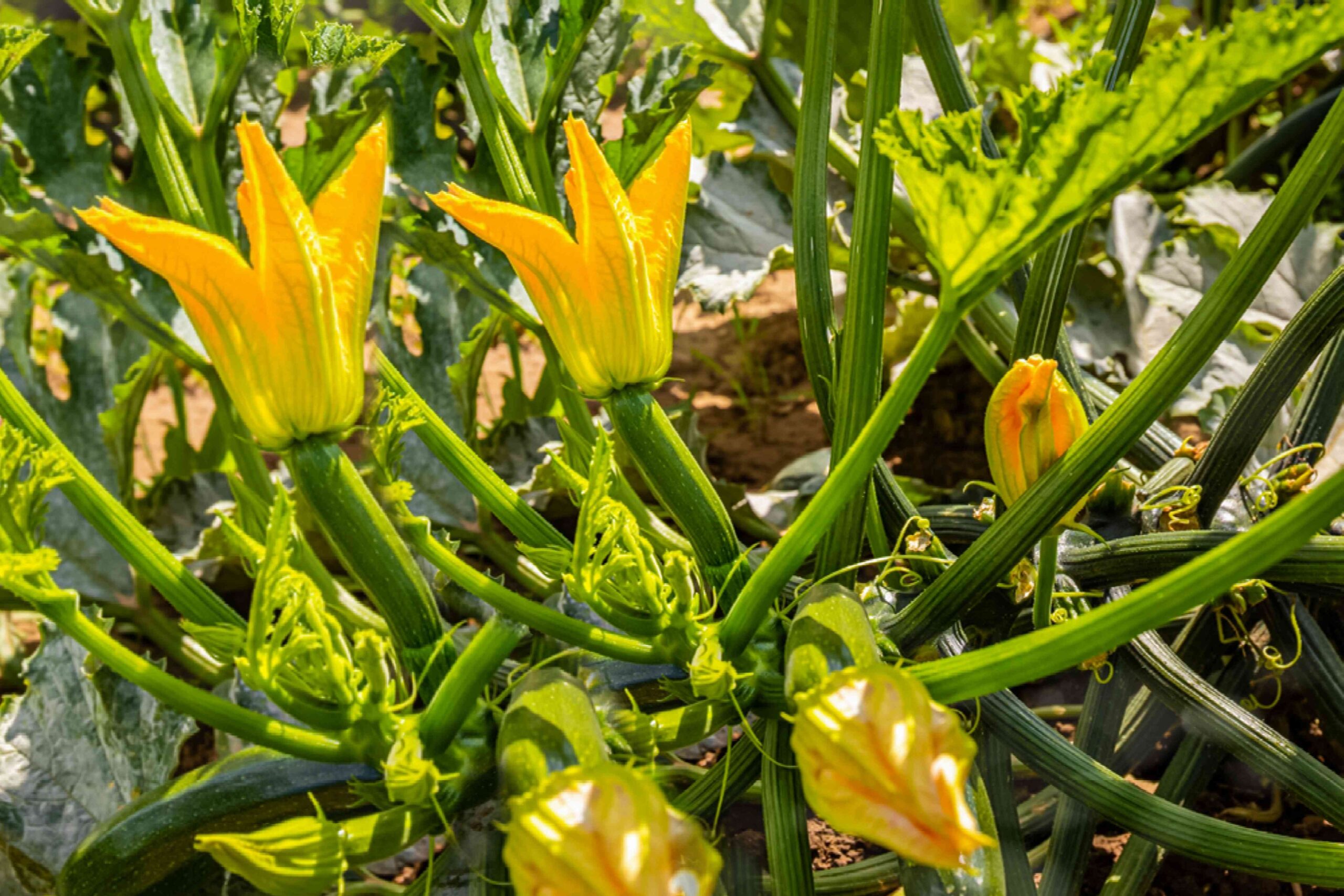
Tip 7: Control Pest and Disease Infestations
Pests and diseases can significantly hinder the production of female zucchini flowers. Regularly monitor your plants for signs of pests like aphids, squash bugs, or cucumber beetles. If you notice any pest infestations, promptly take action by using insecticidal soaps, neem oil, or other organic pest control methods. Additionally, maintaining good garden hygiene by removing fallen leaves or fruits can help deter pests and reduce the risk of disease. Diseases like powdery mildew can also affect zucchini plants and hinder flower production, so keep an eye out for any signs of disease and treat them accordingly.
Tip 8: Provide Adequate Air Circulation
Proper air circulation is essential for preventing fungal diseases and promoting the healthy growth of zucchini plants. Crowded or closely spaced plants can impede air circulation, providing a favorable environment for diseases like powdery mildew. To increase air circulation, space your zucchini plants according to the specific variety requirements. Prune any excess foliage to open up the center of the plant, allowing air to flow freely. Providing adequate space and promoting good air circulation will help prevent diseases and ultimately increase the production of female zucchini flowers.
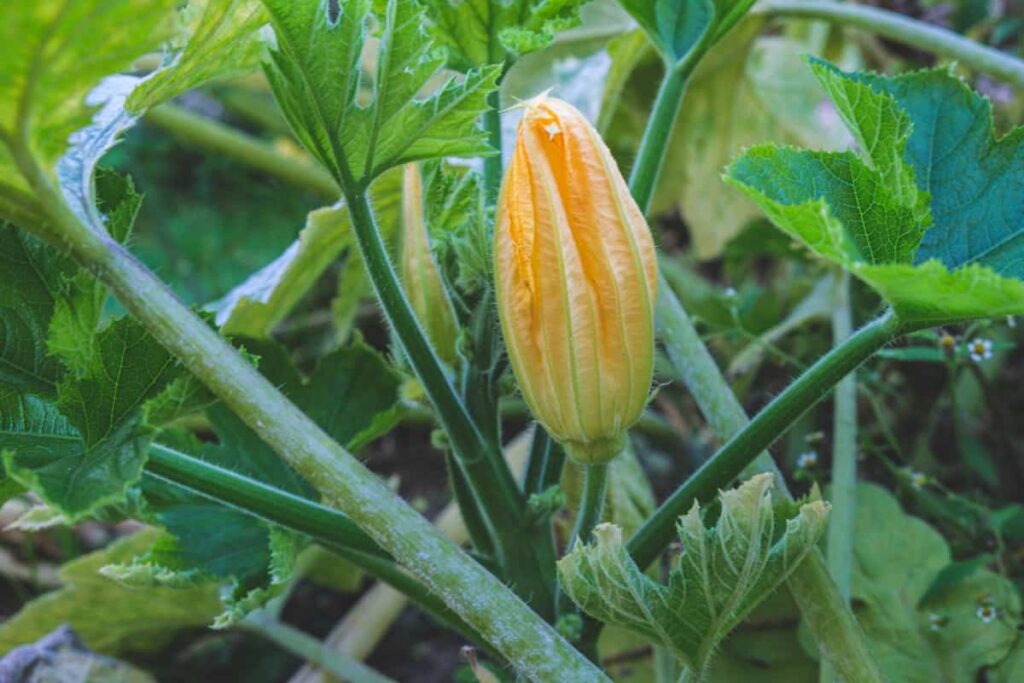
Tip 9: Harvest Flowers at the Right Time
Knowing when to harvest your zucchini flowers can impact the production of female flowers. It is important to wait until the female flowers have fully opened and appear healthy before harvesting them. Female flowers can be identified by the small fruit at the base of the flower, while male flowers do not have a fruit. Harvesting the female flowers at the right time allows for mature fruits to develop, which encourages the plant to produce more female flowers. Be careful not to harvest all the female flowers at once, as leaving some on the plant will ensure a continuous production of zucchini throughout the growing season.
Tip 10: Rotate Zucchini Planting Locations
Rotating the location where you plant your zucchini each year can help prevent the buildup of pests and diseases specific to zucchini plants. Zucchini belongs to the cucurbit family, which includes other plants like cucumbers and melons. By changing the planting location each year, you disrupt the lifecycle of pests and reduce the risk of disease recurrence. Ideally, wait at least three years before planting zucchini in the same spot again. This practice will help maintain healthy plants, minimize the risk of pests and diseases, and ultimately increase the production of female zucchini flowers.
By utilizing these ten tips, you can significantly increase the production of female zucchini flowers in your garden. Remember to choose the right variety, provide adequate sunlight and soil conditions, maintain optimal soil moisture, implement regular feeding and fertilizing, practice proper pollination techniques, control pests and disease infestations, provide adequate air circulation, harvest flowers at the right time, and rotate zucchini planting locations. With these techniques in place, you’ll be enjoying an abundant harvest of zucchinis in no time. Happy gardening!
